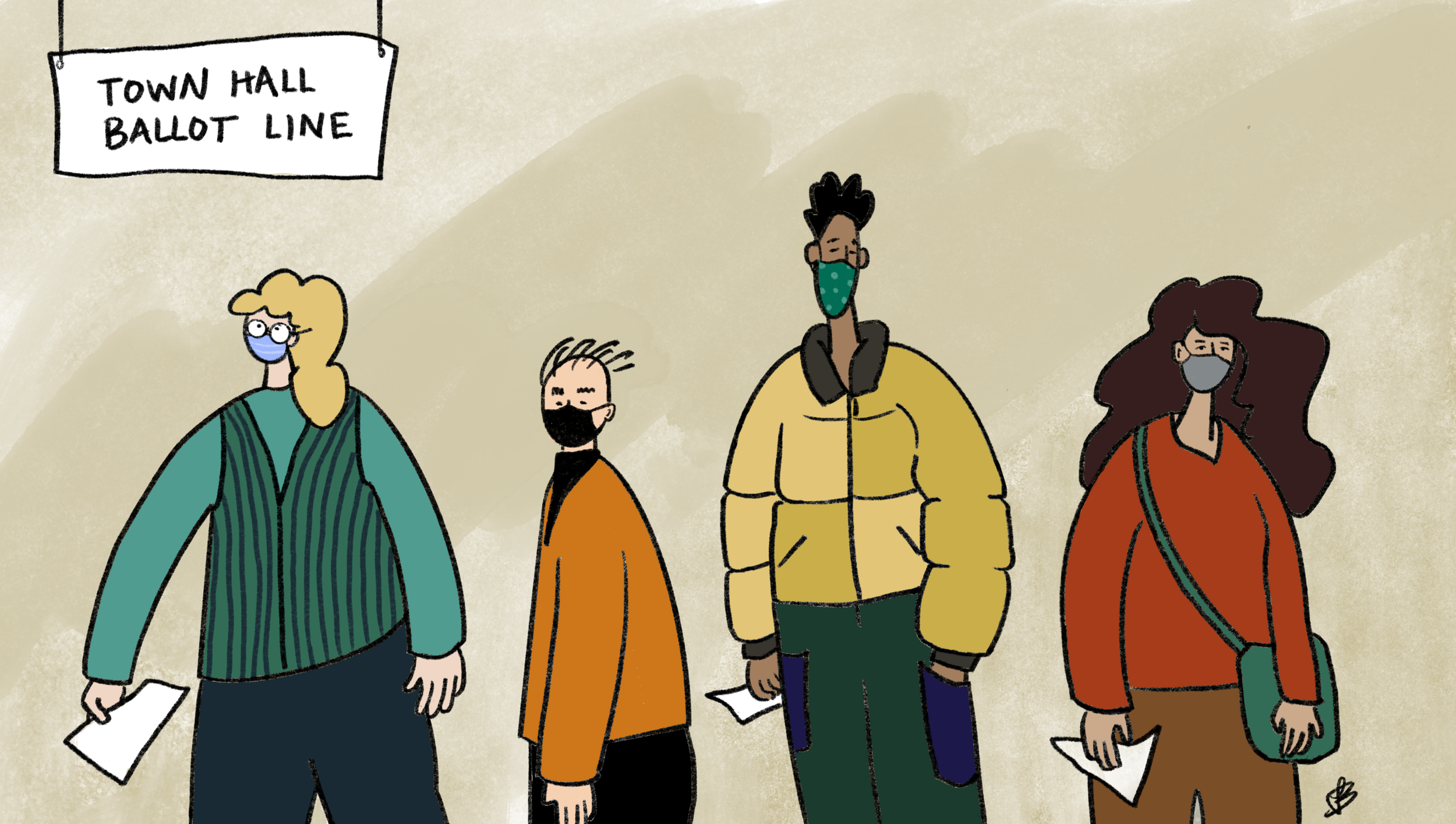Police spending in Vermont towns likely to rise modestly, UVM research shows
Police spending in nearly 100 Vermont cities and towns may rise about 7% on average if voters approve their municipal budgets, according to a new study from UVM’s Center for Research on Vermont.
The report focused on 95 towns in the state from as small as Searsburg, population 103, to South Burlington, population 18,900, according to the spending report press release. The report found that town spending on police varies widely across the state, but that total spending proposed is an increase of about $2.6 million.
The data between towns varies widely, as 26 towns spent more than $200 per capita, while 26 spent less than $10 per capita, according to the press release. What can largely account for this difference is size, Director of the Center for Research on Vermont and co-author of the report, Richard Watts said.
“Larger towns with police departments are going to spend more,” Watts said. “And there's a whole lot of towns in Vermont that just rely on state police and they don't pay anything, or they pay just a tiny bit to their sheriff's.”
Most towns did increase their spending, which is not uncommon, Watts said.
“When you have a police department, the status quo is to maintain that police department or increase it. It's just inevitable in some ways,” Watts said.
Police departments in general either stay the same or increase a few percentage points each year, but rarely do they decrease.
“And there's a lot of variables that go into that: inflation, the added costs of the benefits and salaries of the officers,” Watts said.
Inflation in the U.S. rose last year about 7.5%, the highest rate in nearly 40 years, according to the U.S. Bureau of Labor Statistics — almost exactly on par with the possible budget increases observed by UVM researchers.
However, Watts points out some towns decreased spending in spite of these factors.
“They are actually taking on that added effort to reallocate these resources. And those, possibly, are the stories that are worth diving into deeper,” Watts said.
Because of the macro approach of this study, the researchers cannot definitively say why each individual town that altered their spending did so. However, lead student researcher Andrew Langdon hypothesized explanations for these odd trends in spending.
“For some of the decreases, I remember looking at it and it would decrease $30,000 or so just because last year they had bought new equipment, like a new car or something,” Langdon said. “I can't speak for every town but there were a handful of those that I noticed.”
One time purchases from the previous year could explain these decreases in spending in this year. However, some outliers were too large to ignore, like the town of Wallingford.
Wallingford was the largest decreasing outlier in the data set, as its proposed budget was slashed by 46% for 2023, decreasing from about $88,000 to $48,000.
The town previously contracted its police force for 40 hours a week from the Rutland county Sheriff’s department, Wallingford Selectboard member Kathy Luzader said.
The ticket revenue from the department had significantly decreased despite the town still paying for the patrol service 40 hours a week, Luzader said.
“The board decided that we no longer wanted a 40 hour a week contract, we wanted a 25 hour a week contract instead,” Luzader said.
Other towns were outliers in the other direction, like Fairlee. The town’s proposed police spending increased by about 75%, from $42,000 to $74,000, according to the report. The town decided to ask voters to increase its patrol hours.
Fairlee contracts its police force from the Orange County Sheriff’s department, who previously provided patrol officers based solely on their availability, Town Clerk Georgette Wolfs-Ludwig said.
The increase in spending by the town will allow them to contract out an officer for patrol with a set time and availability.
“So this increase is to allow for 20 hours per week for a dedicated officer,” Wolfs-Ludwig said.
Regardless of whether towns proposed dramatic changes or stayed relatively the same, researchers agreed this report is vital for vogers to see before town meeting day so they can compare their budgets to other towns, Watts said.
“This kind of data would help provide information to voters in the town because they could say oh, a similar sized town actually spends way less,” Watts said.
The report provides the public with the opportunity to review their town’s spending as compared to last year as well as to other towns to help inform their decision come town meeting day.
“Compiling this data is incredibly important to keep all of these voters as informed as possible, '' Langdon said.
The raw data for the report can be found here.




